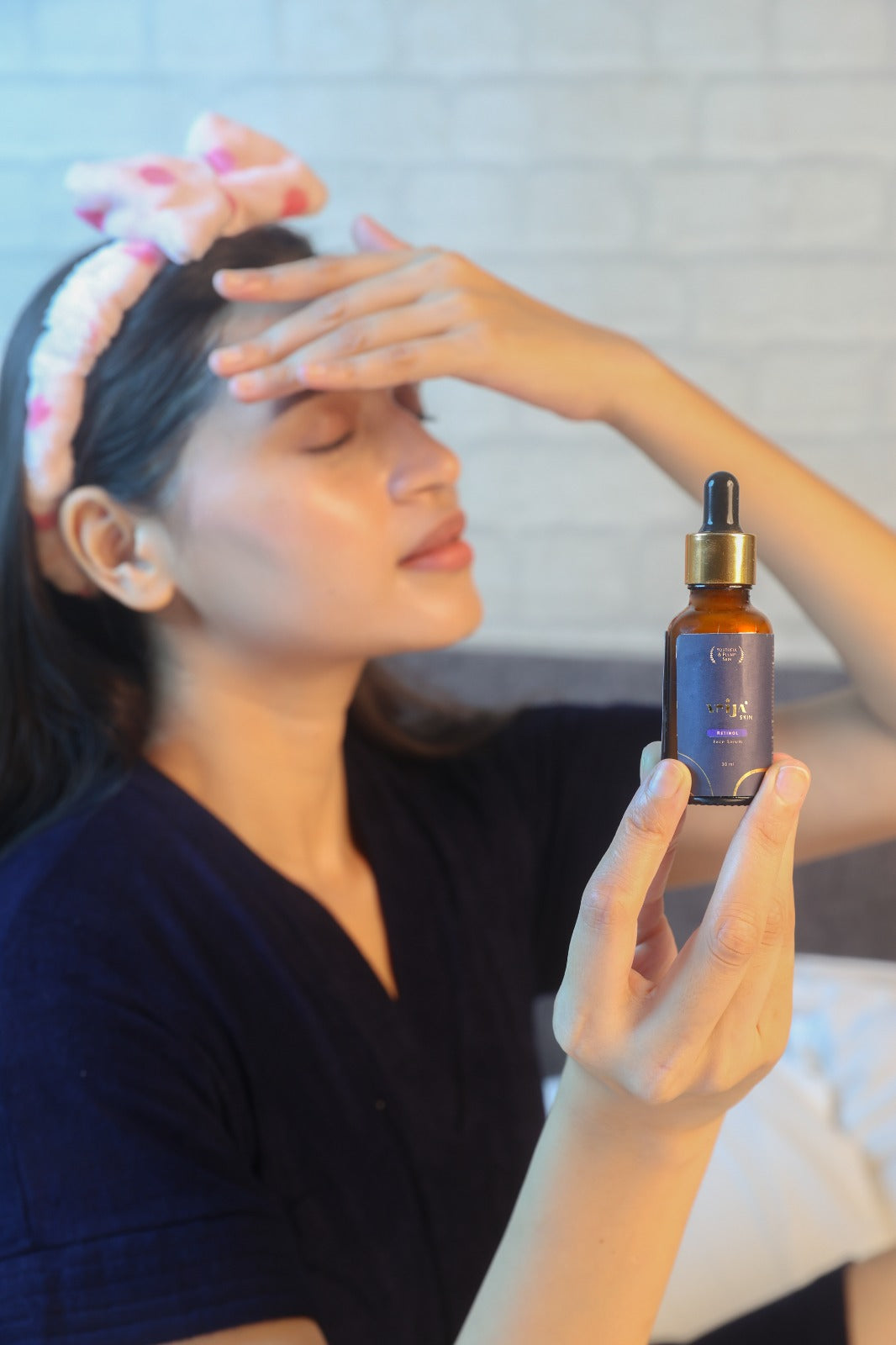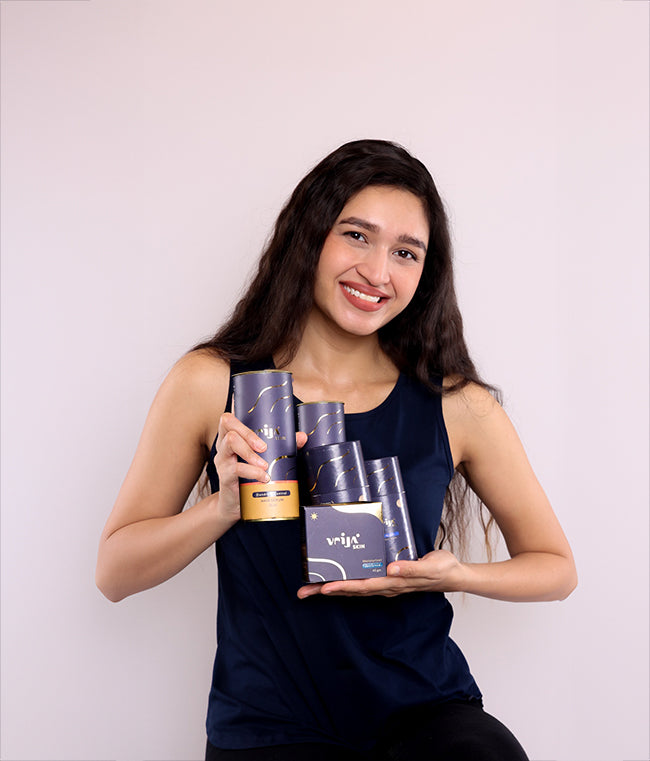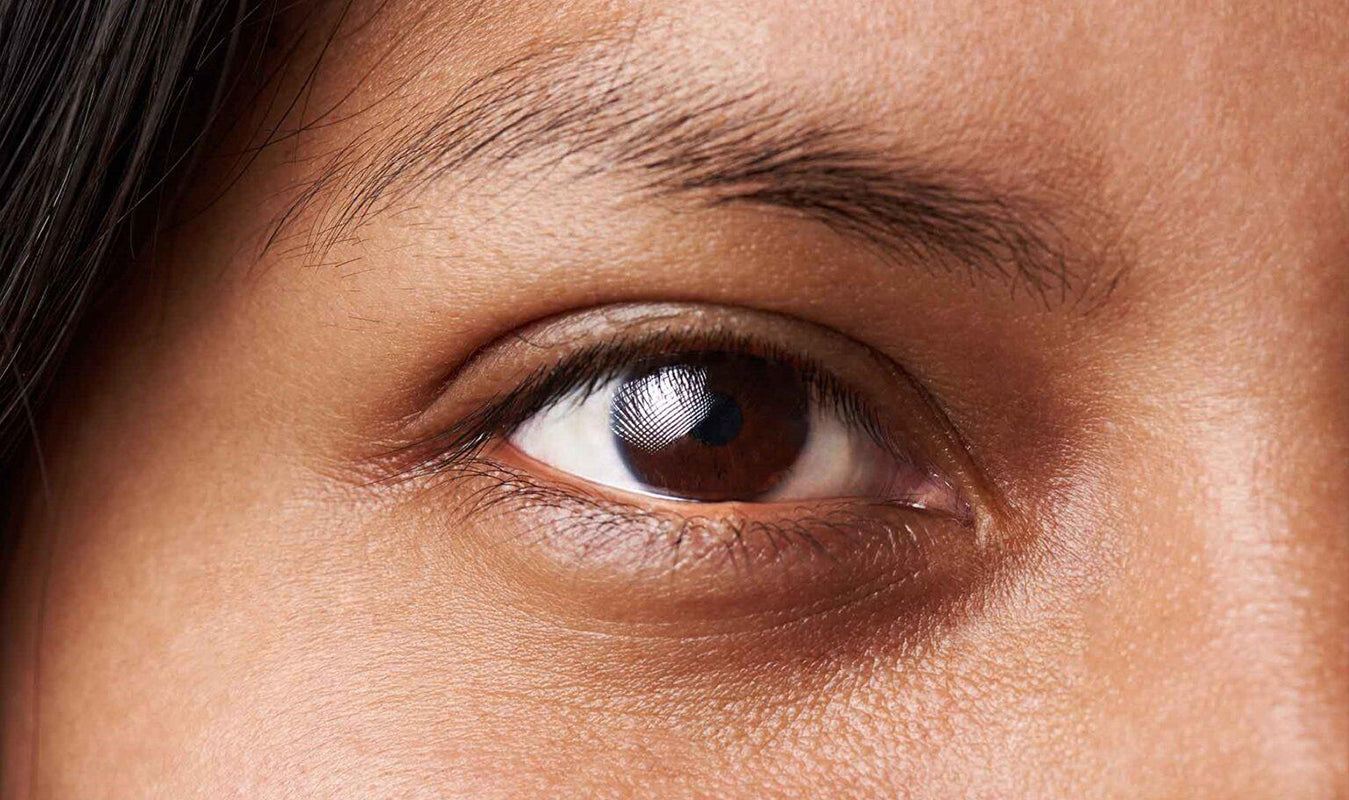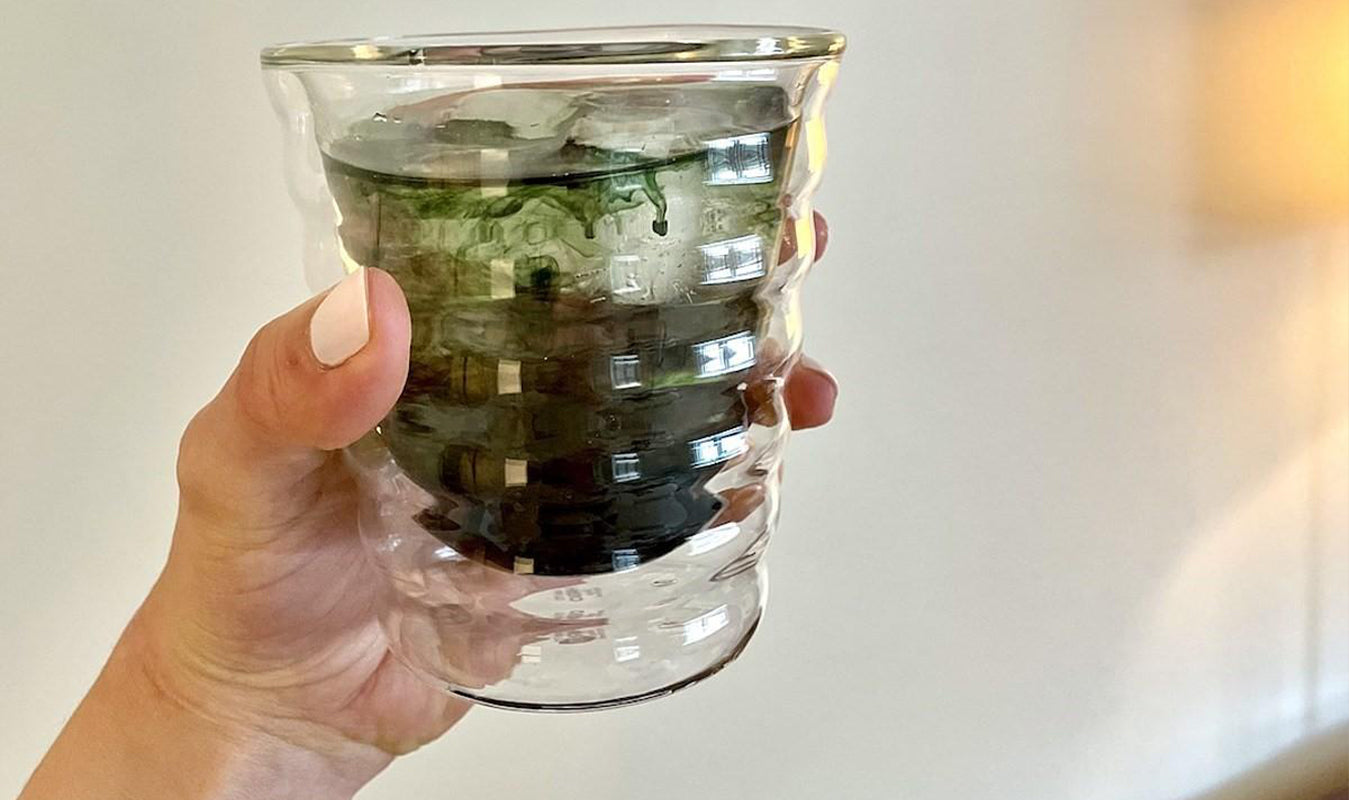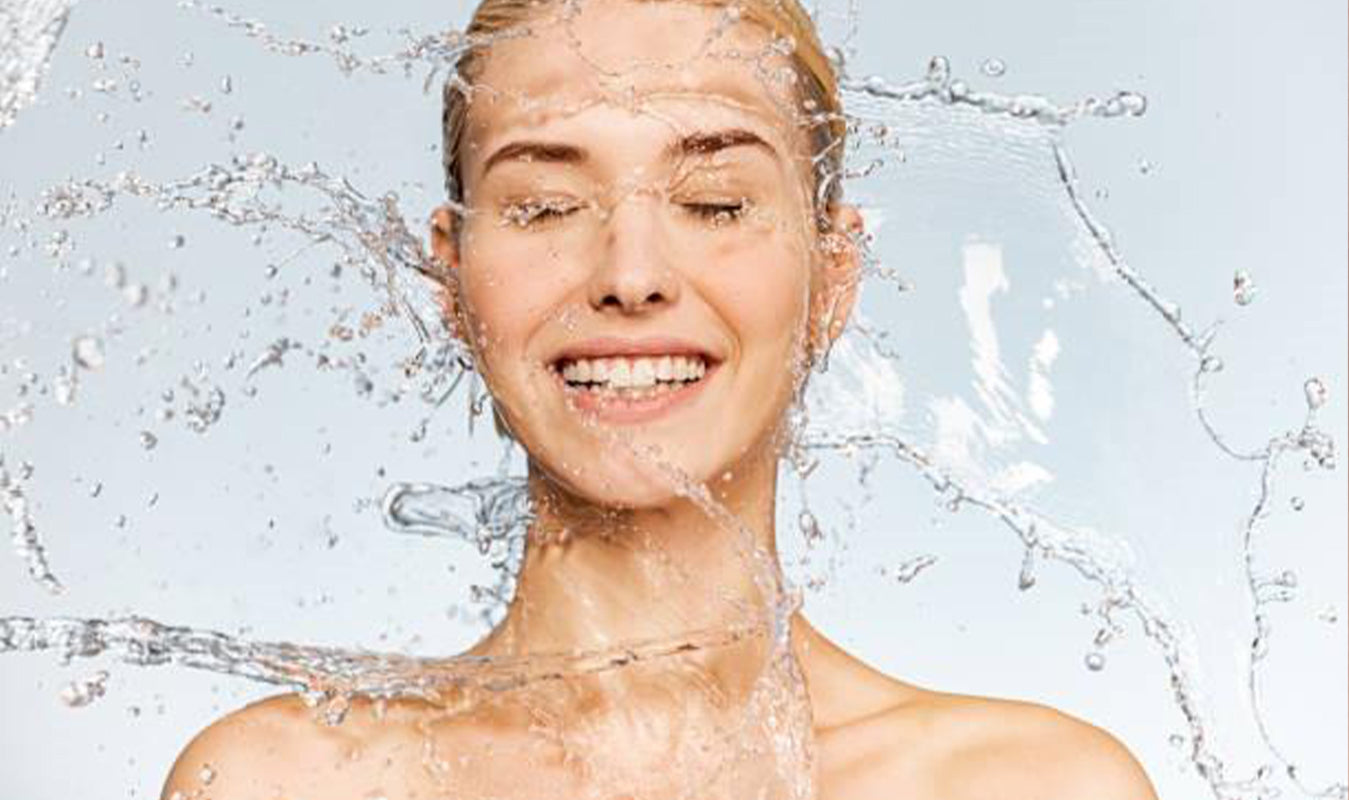
Damp skin is more absorbent than dry skin. why is that?
Damp vs wet skin: what is the difference?
Our skin is inherently welcoming to “oily” stuff. This is because the most superficial layer of the skin is meant to repel water and bacteria because of the natural oils that it produces. This natural barrier simply does not allow water or anything water-based to enter, provided if our skin is dry. However, when you hydrate your skin for a constant amount of time, it gradually paves way for your skin to soak up more water.
Damp skin refers to the state of your skin in which it is not completely dry, but is still moist. However, your skin should not be dripping wet for it to be deemed damp. When your skin has soaked up some amount of water, the corneocytes (superficial cells) of your skin swell outwards by almost 50%. This water that the skin cells have absorbed loosens some of the oil along with the NMFs (natural moisturizing factors), making it easier for products to penetrate.
Why is damp skin more receptive?
The natural state of your skin is dry (we are not talking about the skin type). It is meant to be that way because dry skin acts as a protective barrier that does not let most of the things penetrate it (except for lipid-soluble stuff). On the other hand, damp skin acts like a sponge and readily allows products to penetrate. But you may ask, why do we need stuff in the deeper layers of the skin? This is because the most superficial skin cells are dead. These cells do not contain any nucleus (thus DNA) and therefore do not have the potential to multiply. Deeper layers, however, are actively dividing cells that respond to the products you supply them with.
How do you make your skin damp?
If you wet your face for a long enough time, it becomes damp. When this is aided by an environment rich in moisture, it synergises this effect. This is why applying your skincare products right after a long, relaxing shower is always a good idea. However, if you just want to wash your face without taking a long bath, you can gently pat your skin dry with a soft microfiber cloth. Facial mists are another option if you want to get a quick boost of hydration. However, don’t keep your face dripping wet, or else you will waste your products as they will not stay put on your skin.
Which products are best applied to damp skin?
Hydrating and moisturizing ingredients work best on damp skin. These include moisturizers, toners, sheet masks, and serums that contain humectants like hyaluronic acid, glycerine, oatmeal extract, and urea. Other ingredients like peptides, antioxidants, and vitamins (except vitamins A and C) also work well on damp skin. Make sure you apply them onto your skin within 3 minutes of getting out of the shower/ pat drying it.
On the other hand, exfoliating and (potentially) irritating ingredients like vitamin A, spot treatments like benzoyl peroxide, alpha and beta hydroxy acids, and sunscreen should not be applied on damp skin. They can lead to redness, irritation, and increased flakiness.

